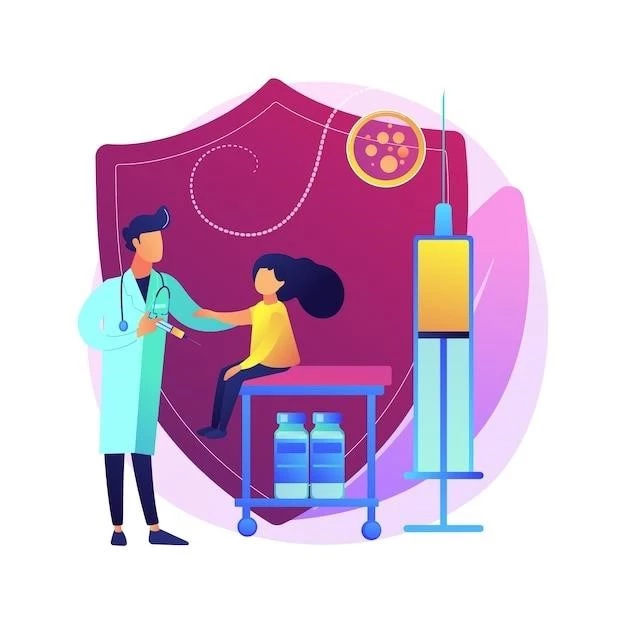Symptoms and Diagnosis of Clonal Hypereosinophilia
Individuals may experience fatigue‚ cough‚ fever‚ and skin rash․ Diagnosis involves blood tests and bone marrow examination․
Symptoms of Clonal Hypereosinophilia
Common symptoms include fatigue‚ cough‚ fever‚ skin rash‚ and abdominal pain․ Some may experience shortness of breath‚ chest pain‚ or weight loss․ It is essential to consult a healthcare provider for accurate diagnosis and treatment․
Diagnosis of Clonal Hypereosinophilia
Diagnosis involves blood tests to assess eosinophil levels‚ bone marrow examination to detect abnormalities‚ and genetic testing to identify specific markers․ Imaging tests like CT scans and echocardiograms may be done to evaluate organ involvement․ A thorough diagnostic process is crucial for effective management․
Treatment Options for Clonal Hypereosinophilia
Medications and stem cell transplantation are common treatment approaches․
Medication Therapies
Medication options may include corticosteroids‚ targeted therapy drugs‚ and chemotherapy․ Immunosuppressant medications are also used to manage symptoms and reduce eosinophil levels․ Treatment plans are tailored based on individual needs and response to therapy․
Stem Cell Transplantation
In cases where medications are ineffective‚ stem cell transplantation may be considered․ This procedure aims to replace damaged bone marrow with healthy stem cells to restore normal blood cell production․ It is a complex treatment option reserved for select individuals with severe clonal hypereosinophilia․

Risk Factors Associated with Clonal Hypereosinophilia
Genetic and environmental factors contribute to the development of the condition․
Genetic Factors
Specific genetic mutations‚ such as FIP1L1-PDGFRA fusion gene‚ are associated with clonal hypereosinophilia․ Understanding these genetic abnormalities plays a crucial role in diagnosing and managing the condition effectively․ Genetic testing is often conducted to identify these mutations․
Environmental Factors
Exposure to certain toxins‚ chemicals‚ and allergens can trigger clonal hypereosinophilia in susceptible individuals․ Environmental factors play a role in exacerbating the condition and may influence the severity of symptoms․ Identifying and avoiding these triggers is crucial for managing the disease․
Understanding the Pathophysiology of Clonal Hypereosinophilia
Eosinophils play a crucial role in the immune system’s response to infections․
Eosinophil Production and Function
Eosinophils are a type of white blood cell involved in the body’s immune response against parasites and allergens․ Abnormal production or function of eosinophils can lead to clonal hypereosinophilia‚ causing inflammation and tissue damage․ Understanding these processes is essential for managing the condition․
Molecular Mechanisms
Clonal hypereosinophilia involves abnormal molecular pathways leading to uncontrolled eosinophil production․ Mutations like FIP1L1-PDGFRA drive this condition by activating signaling cascades․ Understanding these molecular mechanisms helps in developing targeted therapies for more effective treatment and management․
Prognosis and Outlook for Patients with Clonal Hypereosinophilia
Prognosis varies based on response to treatment and underlying genetic factors․
Prognostic Factors
Prognosis in clonal hypereosinophilia is influenced by factors like genetic mutations‚ response to treatment‚ and presence of organ damage․ Timely diagnosis‚ appropriate therapy‚ and regular monitoring are crucial in determining the long-term outlook for individuals with this condition․ Collaborative care from healthcare providers is essential for optimal management․
Monitoring and Follow-up
Regular monitoring of blood counts‚ eosinophil levels‚ and organ function is vital in managing clonal hypereosinophilia․ Close follow-up with a healthcare team helps track treatment effectiveness‚ detect complications early‚ and adjust therapy as needed․ Patient adherence to appointments and communication with medical providers are key for optimizing outcomes․
